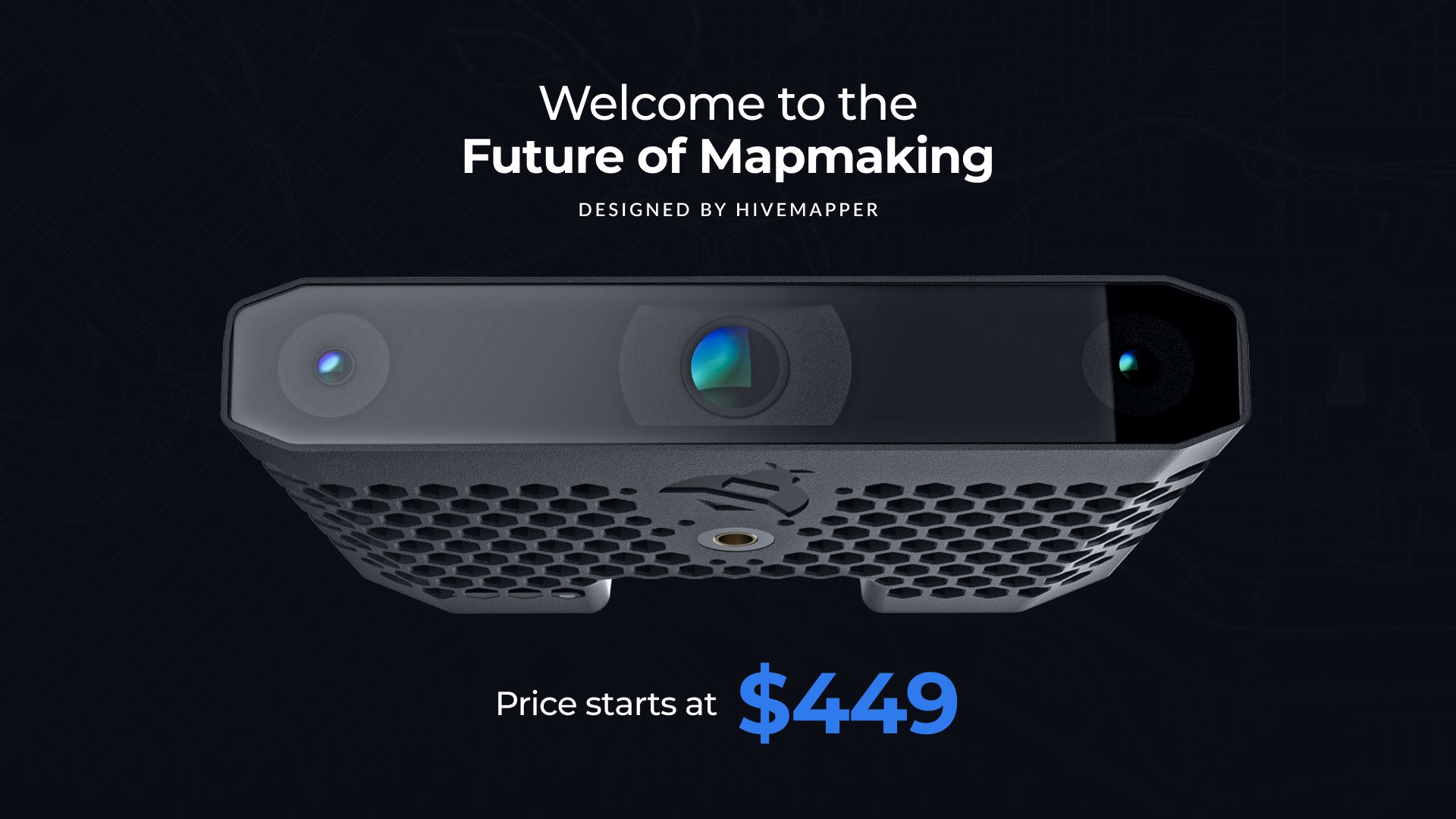
Decentralized Physical Infrastructure Networks (DePIN) are rapidly shifting the paradigm of how physical infrastructure is built, maintained, and monetized. By leveraging blockchain technology, DePIN projects enable communities to participate directly in the creation and operation of wireless networks, mapping services, and compute resources. Solana’s high-speed, low-cost blockchain has emerged as a preferred platform for DePIN innovation, offering the scalability and efficiency needed for real-world applications. As of today, Solana is trading at $224.94, reflecting strong market confidence in its role as a foundational layer for decentralized infrastructure.

Solana’s Role in the DePIN Revolution
Solana’s technical strengths – high throughput, low transaction costs, and robust developer tools – have made it the execution layer of choice for leading DePIN projects. These networks are not just theoretical; they are already providing tangible benefits in connectivity, mapping, and digital content creation. The following three projects exemplify how Solana-powered DePIN solutions are transforming infrastructure at scale:
Top Solana-Powered DePIN Projects Transforming Infrastructure
-

Helium: A pioneer in decentralized wireless infrastructure, Helium has migrated to Solana to power its global IoT and 5G networks. With nearly one million hotspots deployed across 192 countries, Helium offers a cost-effective alternative to traditional cell towers, enabling scalable and affordable connectivity for IoT devices and mobile users.
-

Hivemapper: Hivemapper is building a decentralized global map by incentivizing drivers to collect street-level imagery with dashcams. Contributors earn HONEY tokens for their data, fueling a rapidly growing mapping network that has already charted over 2.4 million miles of unique roads worldwide.
-

Render Network: Render Network decentralizes GPU rendering by connecting creators with node operators offering unused GPU resources. Leveraging Solana’s speed and low fees, Render provides digital artists and studios with cost-effective, scalable rendering solutions for complex visual projects.
Helium: Redefining Wireless Connectivity
Helium stands as one of the most prominent examples of DePIN success on Solana. Originally launched on its own blockchain, Helium migrated to Solana to take advantage of greater scalability and interoperability. The network supports both IoT and 5G connectivity, with nearly one million hotspots deployed across 192 countries. This decentralized approach offers a compelling alternative to legacy cell towers, reducing deployment costs and democratizing access to wireless infrastructure.
By rewarding participants with HNT tokens for providing network coverage, Helium has built a robust supply-side ecosystem that aligns incentives for both users and infrastructure providers. The project’s integration with Solana has further improved its transaction efficiency, making micro-rewards viable at scale. According to recent market insights, Helium’s global reach continues to expand, reinforcing its position as a leader in decentralized wireless networks.
Hivemapper: Building a Decentralized Global Map
Mapping the world is no longer the exclusive domain of large tech companies. Hivemapper is pioneering decentralized mapping by incentivizing drivers to collect street-level imagery using blockchain-connected dashcams. Contributors earn HONEY tokens for their efforts, creating a self-sustaining ecosystem that grows organically with each new participant. In less than two years, Hivemapper’s network has charted over 2.4 million miles of unique roads, providing fresh, community-sourced data for navigation, logistics, and urban planning.
Hivemapper’s use of Solana ensures that token rewards are distributed quickly and cost-effectively, supporting a high volume of microtransactions. This model not only lowers barriers for contributors but also accelerates the pace at which new regions are mapped. By decentralizing map creation, Hivemapper challenges traditional monopolies and opens up new opportunities for data ownership and monetization.
Render Network: Decentralized Compute for the Digital Age
As demand for digital content grows, so does the need for affordable and scalable rendering power. Render Network addresses this by connecting creators who need GPU compute with operators who have excess resources. The platform leverages Solana’s infrastructure for fast, low-cost transactions, enabling artists and studios to access distributed rendering services at a fraction of traditional costs.
Render’s decentralized model empowers individual node operators to monetize their unused GPU capacity while providing creators with on-demand rendering solutions. This not only democratizes access to high-performance computing but also fosters a more resilient digital production ecosystem. Render’s integration with Solana ensures that payments are processed efficiently, supporting real-time collaboration across borders.
Each of these projects, Helium, Hivemapper, and Render Network, demonstrates how Solana DePIN projects are bridging the gap between blockchain and the physical world. Their success lies in leveraging tokenized incentives to create robust, decentralized alternatives to long-standing infrastructure monopolies. As adoption accelerates, the positive feedback loop between network growth and user participation becomes more pronounced, driving further innovation and utility.
The Economic Impact: Tokenized Infrastructure in Action
Tokenization is at the heart of these networks. Helium’s HNT, Hivemapper’s HONEY, and Render’s RNDR tokens are not speculative instruments alone, they are functional assets that power real-world activity. For contributors and investors alike, this creates a unique dynamic: token value is directly linked to network utility and growth. As Solana maintains its strong position at $224.94, confidence is high that its ecosystem can continue to support large-scale, real-world infrastructure solutions.
For those considering exposure to tokenized infrastructure, it’s important to recognize that these projects are building enduring value by solving tangible problems. Whether it’s providing affordable wireless coverage, mapping underrepresented regions, or lowering the cost of digital content creation, Solana-powered DePIN projects are setting new standards for transparency, efficiency, and community ownership.
What Sets Solana DePIN Projects Apart?
Unlike legacy infrastructure models that require massive upfront investment and centralized control, DePIN projects on Solana use distributed participation to scale rapidly. The combination of high throughput, low fees, and a thriving developer ecosystem enables experimentation and iteration at a pace that traditional industries cannot match. This is why Helium, Hivemapper, and Render Network have found fertile ground on Solana: the network’s technical architecture aligns perfectly with the needs of decentralized infrastructure.
Moreover, the transparency of blockchain-based systems ensures that contributors can verify rewards and network activity in real time. This trustless environment is crucial for scaling global networks without sacrificing accountability or efficiency.
Top Solana-Powered DePIN Projects Transforming Infrastructure
-

Helium: A pioneer in decentralized wireless infrastructure, Helium has migrated to Solana to power its global IoT and 5G connectivity network. With nearly one million hotspots across 192 countries, Helium offers a scalable, low-cost alternative to traditional cell towers, leveraging Solana’s high throughput and low transaction fees for rapid network settlements and efficient community rewards.
-

Hivemapper: Hivemapper is building a decentralized, continuously updated global map by incentivizing drivers to collect street-level imagery with dashcams. Contributors earn HONEY tokens, and the network has already mapped over 2.4 million unique road miles, showcasing Solana’s ability to support large-scale, real-world data collection with instant, low-fee rewards.
-

Render Network: Render Network decentralizes GPU rendering by connecting digital creators with node operators who provide unused GPU resources. By leveraging Solana’s rapid settlement and minimal fees, Render enables cost-effective, scalable rendering services for artists and studios, making distributed compute power accessible and efficient.
Looking Ahead: The Road to Mainstream Adoption
While Helium, Hivemapper, and Render Network are already delivering measurable impact, their long-term significance lies in their ability to inspire new models of infrastructure development. As regulatory clarity improves and more users become comfortable interacting with blockchain-powered services, the potential for DePIN solutions will only grow. The current price of Solana at $224.94 reflects not just speculative interest but also a growing recognition of its real-world applications in decentralized infrastructure.
For investors, builders, and users alike, the next phase will involve integrating these decentralized networks into daily life, expanding coverage, enhancing data quality, and delivering seamless experiences that rival or surpass centralized incumbents. The path ahead is ambitious, but the momentum behind Solana DePIN projects is undeniable.
Further Exploration
To stay updated on the evolution of Solana-powered DePIN projects or to get involved as a contributor or investor, explore the official resources linked throughout this article. The frontier of decentralized infrastructure is being built now, and participation is open to all.






